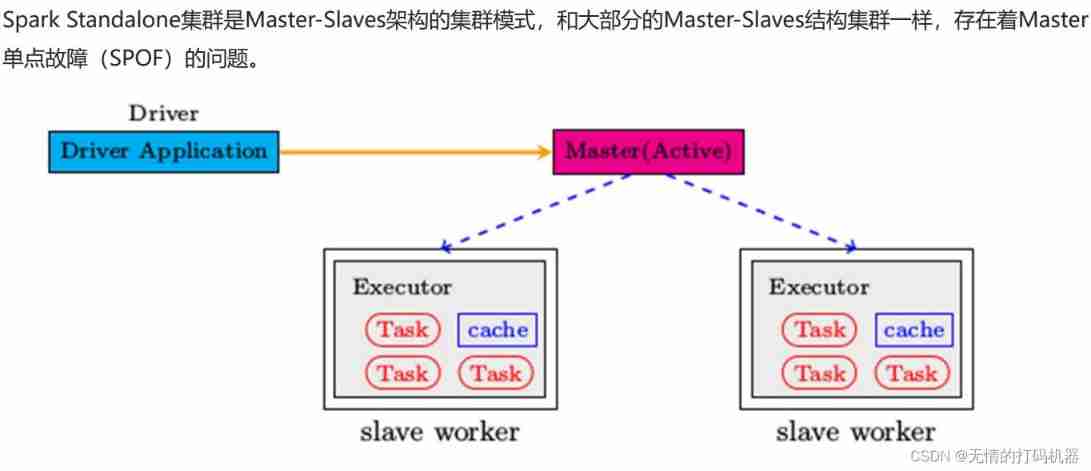Description
Qiqi is a stock market enthusiast , Obsession and stock speculation all day , But due to the poor mathematics of seven seven , I need you to help him figure out the maximum profit from stock speculation . Now let's give a length of N Array of , The... In the array i A number indicates that a given stock is on the i Sky price . If only one transaction is allowed to be completed at most ( Buy and sell a stock ), Design an algorithm to calculate the maximum profit that 77 can get . Note that you can't sell shares before you buy them ( If there is no transaction , The biggest profit is 0). Because Qiqi is a very good stock trader , The final profit of 77 is the original profit 100 times , If the final profit of 77 is less than 1e18, Then output the profit obtained , Otherwise output “fa cai le!”.
Input
The first line contains integers NNN, Represents the array length . The second line contains NNN No more than one. 1e18 The positive integer , Represents a complete array .(1<=N<=100000)
Output
If the final profit of 77 is less than 1e18, Then output the profit obtained , Otherwise output “fa cai le!”.
Sample
Input 1
5
46 49 49 35 48
Output 1
1300
Input 2
2
1 1000000000000000000
Output 2
fa cai le!
Hint
The time limit :1000ms
Memory limit :65536KiB
This problem is nothing more than finding the maximum difference , There are two ways of thinking :
1. greedy :
j>i, Find the largest of all the intervals a[j]-a[i], Finally, output according to the requirements of the topic , The reference codes are as follows :
1 #include<bits/stdc++.h> 2 using namespace std; 3 long long a[100010]; 4 int n; 5 long long ans; 6 int main() 7 { 8 ios::sync_with_stdio(false); 9 cin>>n; 10 for(int i=1;i<=n;i++) 11 cin>>a[i]; 12 for(register int i=1;i<=n;i++) 13 { 14 for(register int j=i+1;j<=n;j++) 15 { 16 ans=max(ans,a[j]-a[i]); 17 } 18 } 19 if(ans*100<1e18) 20 cout<<ans*100; 21 else 22 cout<<"fa cai le!"; 23 return 0; 24 }
The next method is dp, We let dp【i】 Before presentation i The smallest stock value in days , It is equivalent to finding the starting point ,
Ask for maximum profit , namely a[j]-a[i] The biggest and i < j. If we can know before j The minimum of the elements , You can find the starting point of buying stocks . So make dp[i] Before presentation i The minimum of the elements , We can get such a state transition equation :
dp[1] = a[1],dp[i] = min(a[i], dp[i-1]).
that a[i] - dp[i] It represents the former i The maximum profit of the elements . Let's enumerate i, Find the biggest i bring a[i]-dp[i] The biggest one is .
The reference codes are as follows :
1 #include<bits/stdc++.h> 2 using namespace std; 3 long long dp[100010];// front i The smallest of the elements 4 long long a[100010]; 5 int n; 6 long long ans; 7 int main() 8 { 9 ios::sync_with_stdio(false); 10 cin>>n; 11 for(int i=1;i<=n;i++) 12 cin>>a[i]; 13 dp[1]=a[1];// initialization 14 for(int i=2;i<=n;i++) 15 { 16 dp[i]=min(dp[i-1],a[i]);// Transfer equation 17 ans=max(ans,a[i]-dp[i]);// At present ans Who is the difference between the value of the current stock and the minimum stock value , Start enumeration 18 } 19 if(ans*100<1e18) 20 cout<<ans*100; 21 else 22 cout<<"fa cai le!"; 23 return 0; 24 }









